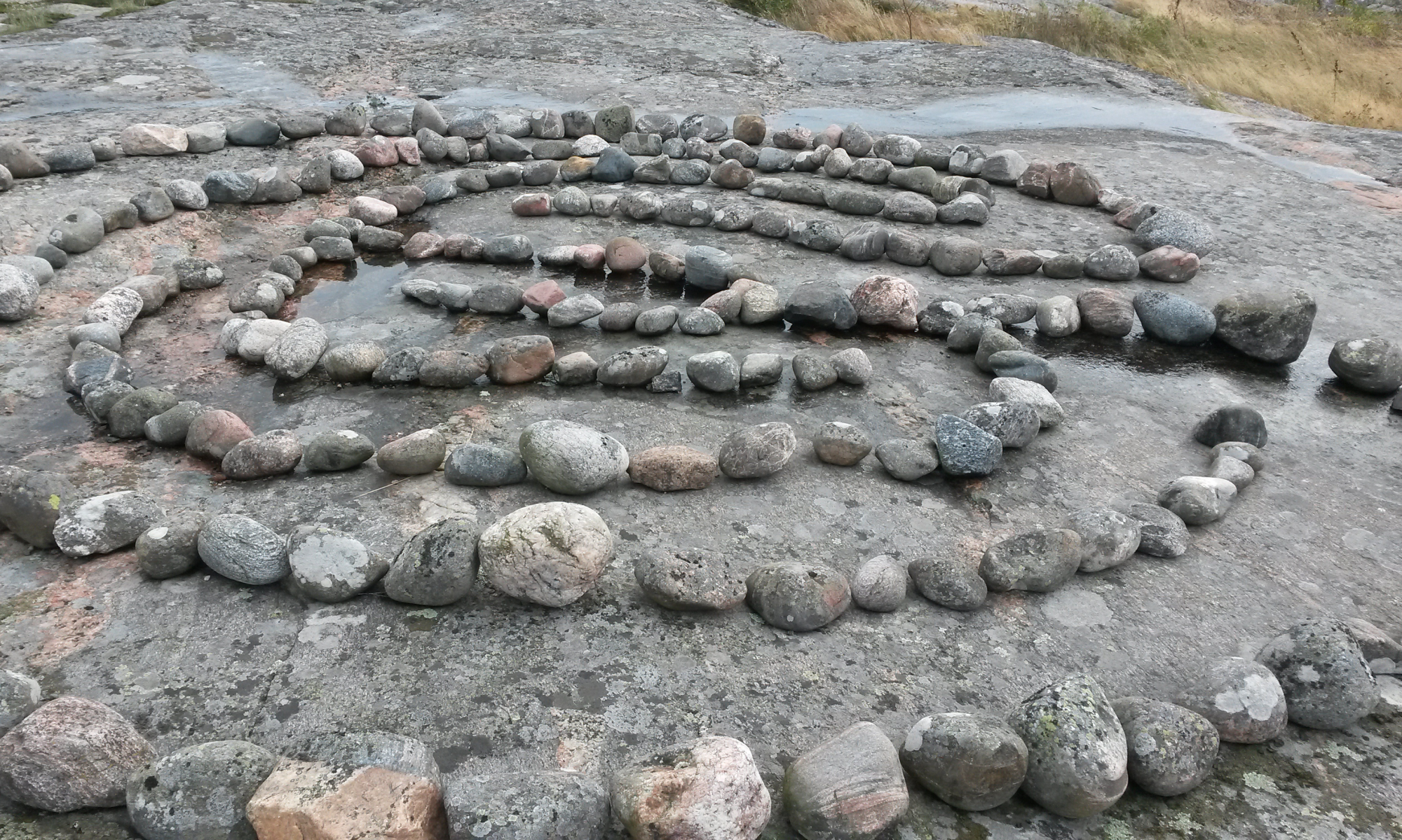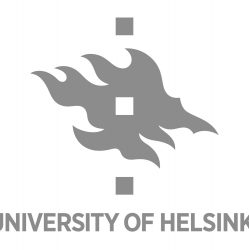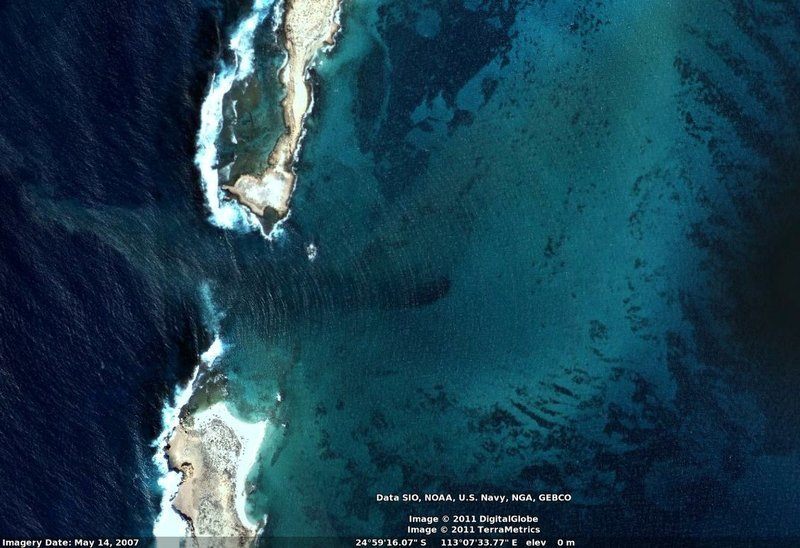Inspired by the title of the seminar, this open session invites participants to reflect on and discuss approaches to Boundaries in Sustainability Education and Research. Questions such as “What boundaries are we talking about nowadays? Why do we need to go beyond boundaries? Are boundaries necessary at all?” emerge nowadays and call for us to revisit the notion of boundaries.
Beyond Boundaries in Sustainability Education?
Toward this direction, we will be using the metaphor of diffraction to look into boundaries from a new materialist and post-humanist perspective. In new materialist thinking and, more particularly, in the work of Karen Barad (Posthumanist Performativity: Toward an Understanding of How Matter Comes to Matter, 2003), the perspective on Boundaries is illustrated through the metaphor of diffraction of waves. An example of a diffraction pattern of waves is depicted in the featured image of this post. Diffraction appears in the form of more bright and more shadowy regions in the circular shape of ocean waves..
Diffraction patterns illuminate the indefinite nature of boundaries by making visible the ‘entanglement’ of shadows in “light” regions and bright spots in “dark” regions. Barad uses this analogy to bring forward the relation of the social with the scientific as a relation of “exteriority within.” This makes it possible to put into question the understanding of the social and the scientific as entities exterior to one another. But, even if we do look at them as exterior, this sort of exteriority is ‘exteriority within’.
This mode of thinking leads to a perspective that sees boundaries as indeterminate. As Barad (2003) argues,
Boundaries do not sit still.
During the Covid-19 situation, the very essence of boundaries, what constitutes boundaries, has been shaken.
The regulations and measurements that were taken to control the pandemic through, f. ex., social distancing, have opened up the space for us to revisit spatial, temporal and material boundaries. The digital technologies and the services of the internet offered the possibility to ‘meet’ without the presence of our bodies. These meetings that are still happening at a large scale have been made possible by the power of pixels . And, although, we have already acknowledged, departing from the work of poststructuralist philosophers such as M. Foucault and J. Butler that the very materiality of the body plays an active role in the workings of power, we have come to realise the power of the absence of the materiality of the body. The absence of the materiality of the body, therefore, also plays an active role in the workings of power.
This whole experience has shown that, not only boundaries are melting within one another, making it hard to tell where the brighter regions separate, if at all, from the more shadowy ones. As well, it has become evident that there is a boundary crisis going on.
Barad (2003) uses the diffraction metaphor to gradually unfold her conceptualisation of boundaries within a larger discussion and positioning on what separates the social and the scientific. What sort of boundaries determine the two. The social-scientific, according to Barad, is not a static relationality but a doing.
Boundaries are therefore enacted.
Such enactment of boundaries always entails constitutive exclusions that generate paradoxes and unintelligible situations. What sort of intelligibility would it make, for example, to exclude/separate the bright from the shadowy regions in the diffractive pattern of oceanic waves of our visual representation? In addition, how could we deal with the essential questions of accountability that would arise from such exclusions? For example, what are the consequences of eliminating the shadowy from the ‘bright regions would be? Would such separation be possible or meaningful at all?
In a similar way that the boundaries of the social-scietific are re-conceptualised, we need to re-visit and, possibly, reconfigure what are boundaries in Sustainability Education and what their possible effects can be on the pedagogies for sustainable futures.
Methods of teaching and theories of learning, for example, underline the need for pedagogical approaches that draw a visible line from what is happening in the world. However, it is questionable nowadays whether pedagogy can afford to stick with conventional educational practices. Importantly, when pedagogy, if aiming for sustainable future(s), should also entail the science of studying philosophy, history, politics and curriculum theory (this argument is found in Wolff 2010, also elsewhere).


